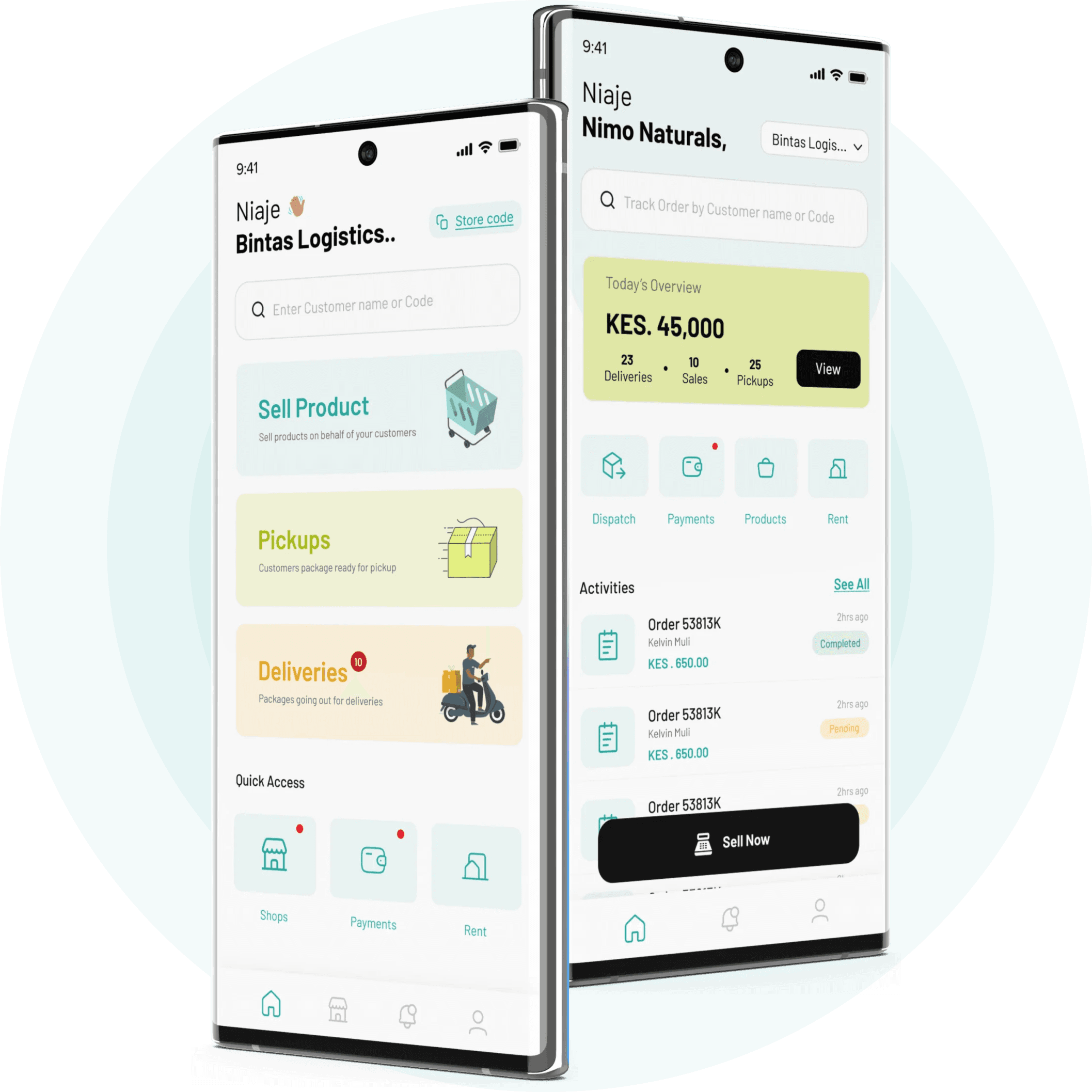Why is building an app so expensive and hard?
Having a great idea is just the beginning, bringing it to life is where the real challenge begins. In this article, we follow Simon’s journey as he turns his idea into a tech product, from market research and prototyping to development and user adoption. Building a product takes time, effort, and perseverance, and success doesn’t happen overnight. If you're thinking about developing a mobile app, understanding this journey will help you set realistic expectations and avoid common pitfalls.
0 mins read
Feb 12, 2025
By Peter Muhia

Human beings are inherently creative, and one thing we all share is the common challenges we encounter in our daily tasks. As we face these challenges, we naturally seek to solve them. It's likely that many of us will come up with similar solutions, which can lead to the same idea being developed by multiple people.
When people have an idea, everyone wants to develop a solution or product to address the challenge. So what sets the difference? The reality is that building something is extremely difficult, and not many are willing to take the first step. Only a few dares to build.
Let’s use Simon as our subject. Simon wants to develop a tech product. Let’s explore what Simon needs to do and the steps he will go through to bring his product to life.
Simon has an idea in mind that he believes will solve a problem. However, before he conducts market research to verify whether this problem actually exists, his belief is just an opinion. He will start by conducting market research to validate his idea, assess its technical feasibility, and understand potential challenges, while also gathering additional challenges proposed by the market.
After conducting market research, Simon will need a reputable software development company to help him develop a prototype. With limited tech background, Simon might struggle to partner with a reliable company, potentially wasting time and resources if the company delivers a substandard system. However, let’s assume he partners with a reputable firm like Glitex Solutions.
The firm collects requirements from Simon and develops a prototype, which they submit to him after three weeks. Simon is then expected to return to the potential users to confirm that all their suggestions have been incorporated and to ensure that the prototype provides a seamless user experience. As Simon goes back to the market, the product team from the firm will accompany him to assess whether the prototype is providing users with a good experience.
If the prototype provides users with a seamless experience, that's great for Simon. However, if the user experience isn't smooth, the design team will need to reconsider and develop a new prototype. They will then return to the market to ensure that the usability is satisfactory.
After validating the problem, the team begins designing the product, which includes creating user interfaces and establishing the technical architecture. They also plan the development process. Once the design is complete, the team moves on to building the product. This phase includes coding, testing, and integrating various components, often involving iterative development and regular testing. This process takes time, but the duration can vary depending on the scope and complexity of the different apps.
After development, rigorous testing is conducted to identify and fix bugs, ensure functionality, and verify that the product meets quality standards. The last stage is always releasing the product into the market.
The entire process of developing an app is lengthy and involves a technical team, which can be costly to hire, making the overall process expensive.
After the product is released to the market, users may be slow to adopt it. It could take years before they change their habits and start using the new product. At this point, Simon feels exhausted and frustrated due to the slow adoption. The app might even require significant adjustments before it gains acceptance.
Clearly, Simon will have to go through alot before his app becomes a success.
Building is challenging, so don't begin if you feel you won't persevere. If you have the determination to start, make sure you build your product correctly.
Are you planning to develop a mobile app but unsure where to start? ContactGlitex Solutions Limited. We’ll guide you through the entire journey.

